Optional: listen text-to-speech using the voices already in your device
This feature makes use of the Text-To-Speech capability as you have it already installed and configured on your own device. You will see that there are some voices that are not so good, choose from the list if you have a chance.
Cancun is probably the epicenter of tourism in the Caribbean. Quintana Roo, the region of which Cancun is the capital, is a compendium of valuable archeological sites, excellent Mexican cuisine and fascinating nature.
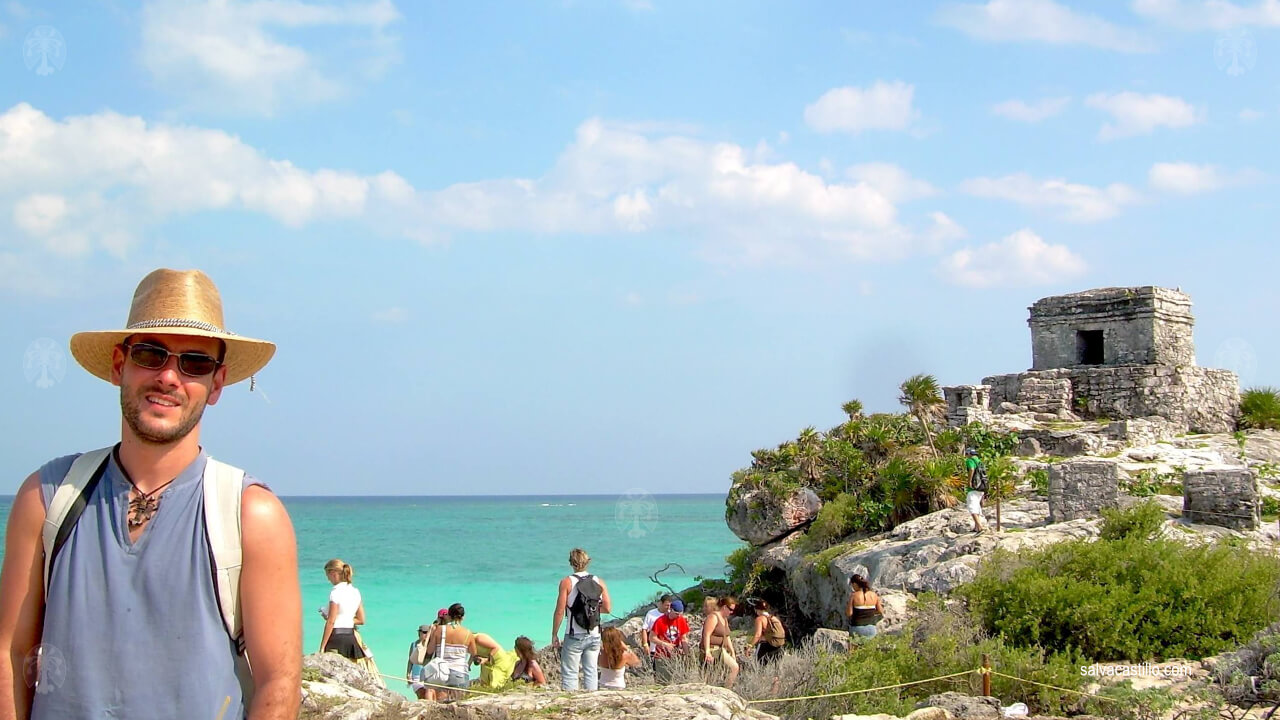
Staying in a house of relatives of my beloved MBL, I was able to live an experience far removed from the big hotel resorts and therefore closer to the daily life of the locals. Away from the tourist center, I was able to glimpse a little bit of neighborhood life in the city. In the evening, we sat down to eat tacos in a large plaza. The tacos were served hand-held at a metal counter in the style of the bars at the fair. The toppings – pico de gallo, onion, chili… – were self-service. On the first round I didn’t go to order and on the comanda they brought me the tastiest and most tender taco al pastor -my favorite taco- . Crazy stuff. The gluttony relay -I am a sinner!- was automatically activated and I went ipso-facto to the counter to order more. When, situated behind the bar, I could see the big pot in which the lady was stewing all types of taco sequentially, and without cleaning between one order and the next, I was astonished. On the rim there could be fat dating back to the Pleistocene. The snob in me returned to the table with his tacos, half perplexed, half frightened. When I referred to the potentially unhealthy state of the pot, those almond-colored eyes looked at me and said, “Don’t be a fool! That’s precisely the secret of why they are so good. It’s the same everywhere.” And you know what? Those were definitely the best tacos al pastor of my life. And I, who by that time was well past the time I honored the “revenge of Montezuma”, stayed healthy as a bull. I would go again tomorrow to dunk soups in that pot.
I also rescue from Cancun these examples of its car fleet. One, for being the second most resilient car I have ever seen (the first one I saw in Rapa Nui)…
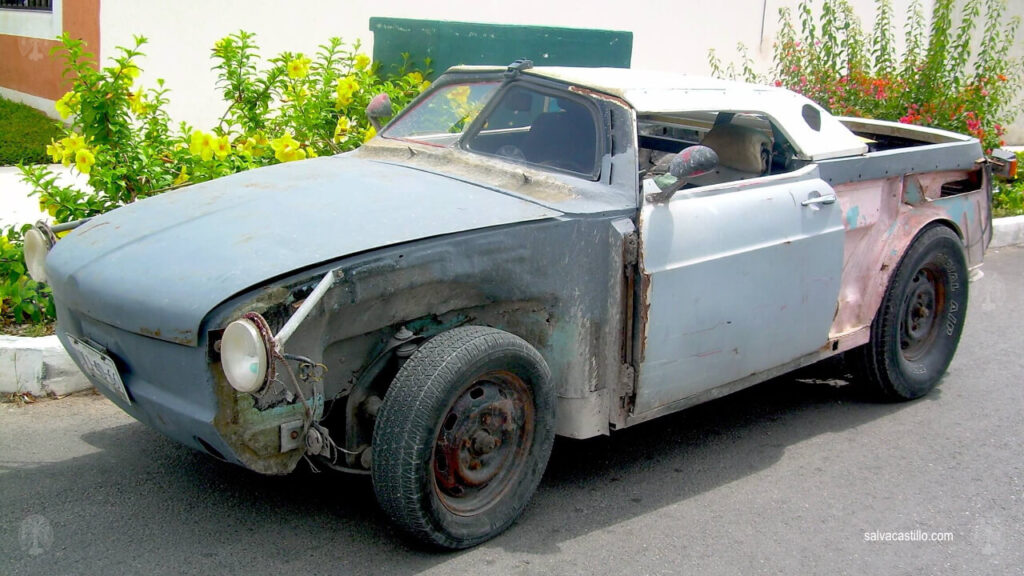
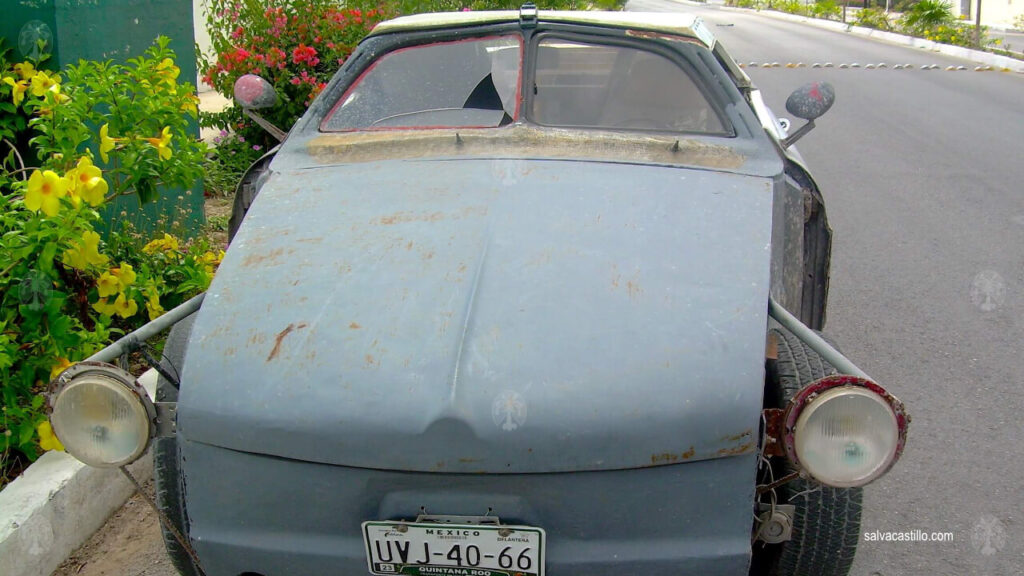
and the second because I’m a fan of the old Volkswagen Beetle (the Mexican “bocho”) and I loved this turbojet version (look at those wheels 👀):
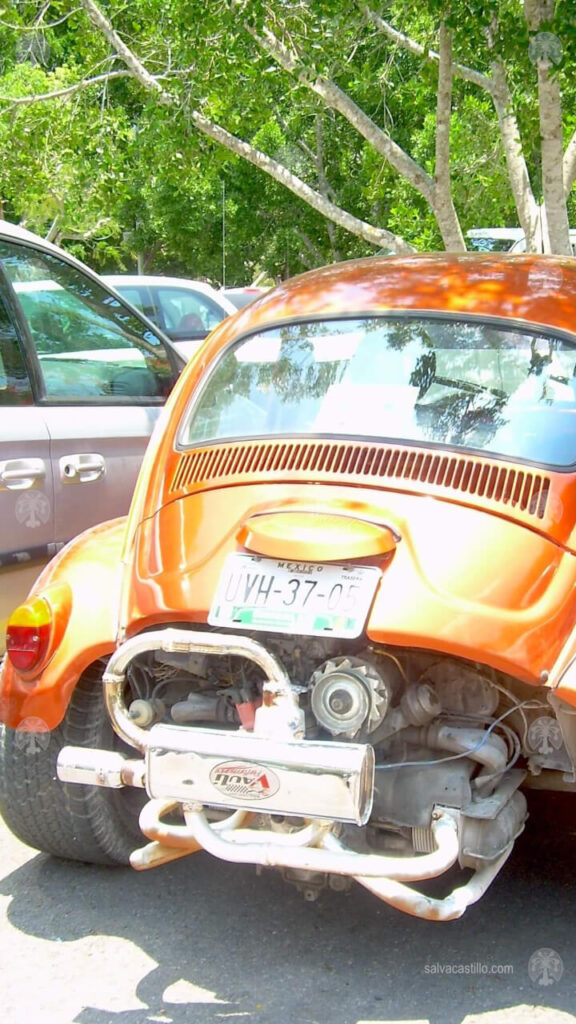
It was also remarkable to see that in a neighborhood grocery store alcohol was not sold in observance of the law that prohibits it during election periods. It gives food for thought, really.
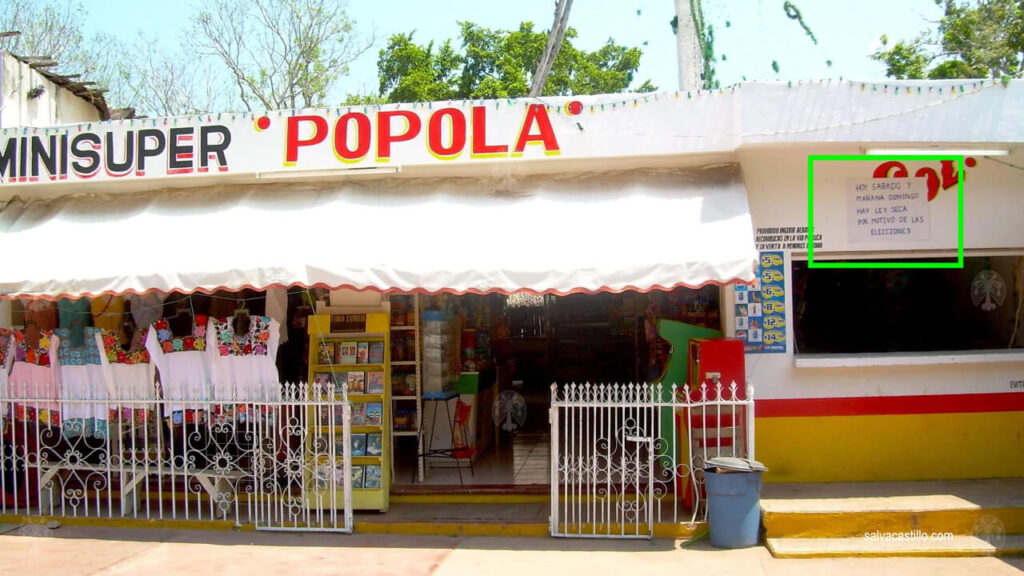
Akumal
On the way to Tulum we decided to look for a place to eat something so we wouldn’t stop once we reached the ruins area. By chance we took a detour that led us to a beach in Akumal.
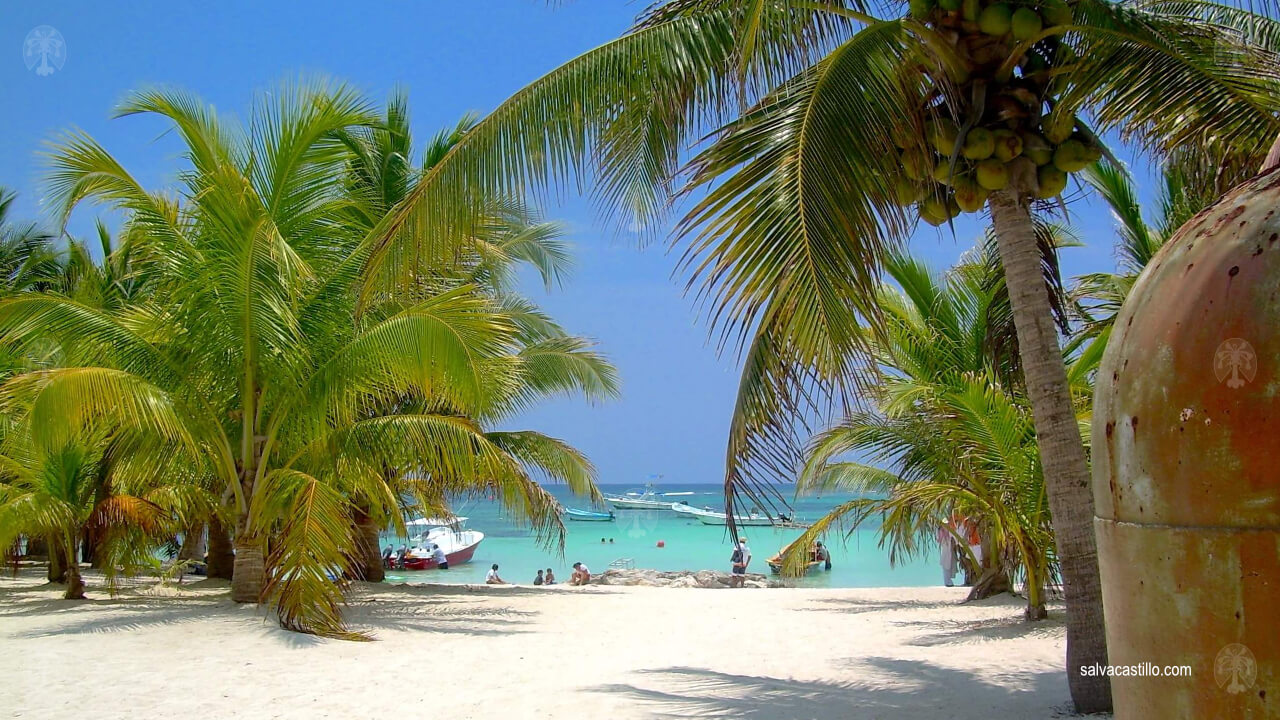
Once settled in this paradise, we ordered a ceviche at a beach bar. The ceviche, for those who do not know, is a dish based on raw fish or seafood marinated in lemon or lime juice, seasoned with some vegetables and seasoned according to the degree of spicy desired. Well, what can I say, the best ceviche of my life. I remember they put it with hard corn. And that fish was like butter, it melted in your mouth. The advent of the ceviche god. Par favarrr.

In this very, very Eloi scenery we were about to leave Tulum for another time, but it was a chance that we could not miss. The day could not have been better so far.
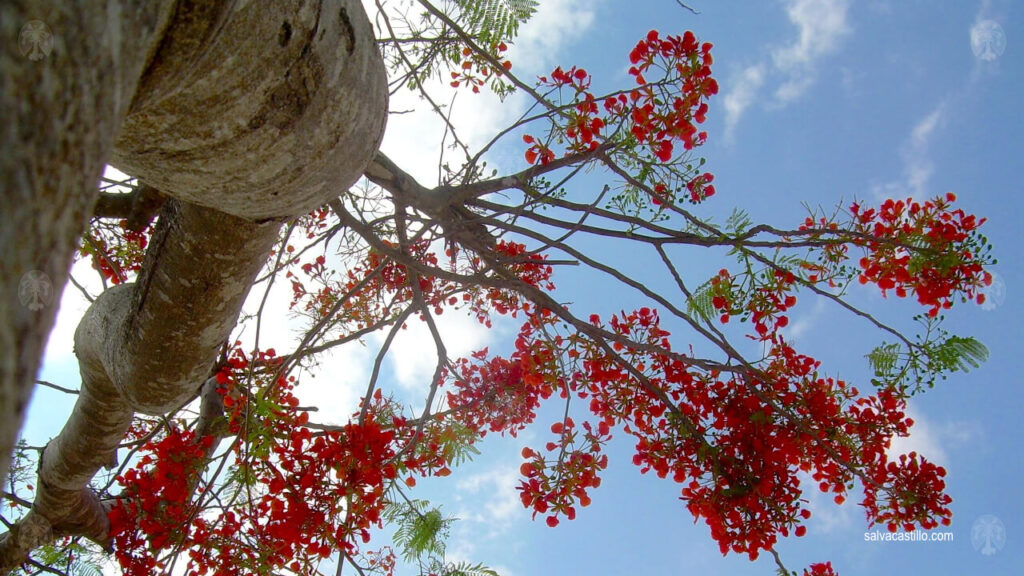
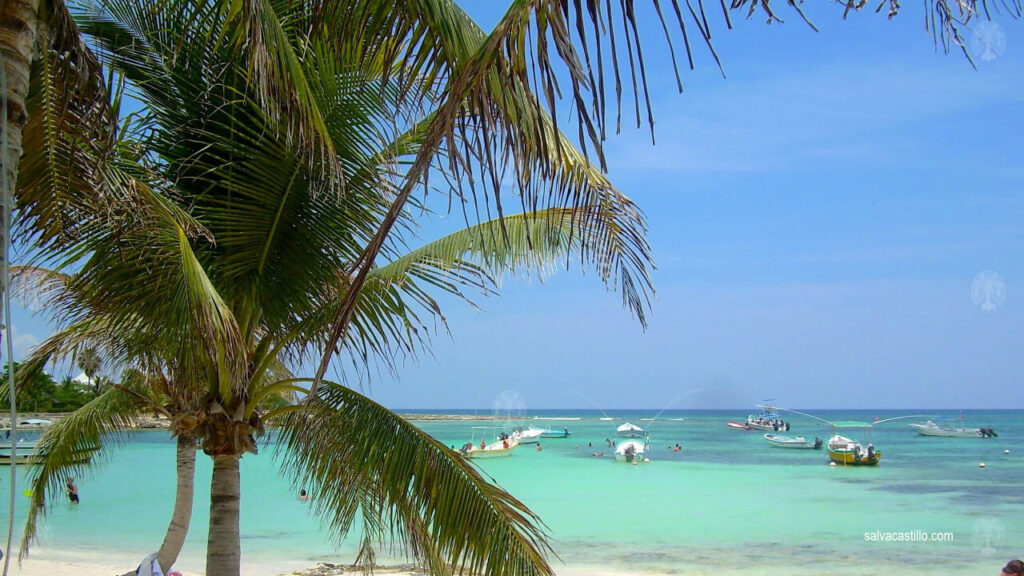
Tulum
This ancient Maya city was one of the last settlements to be built and inhabited before the arrival of the conquistadors (around 1200-1500 A.D.).

Its strategic location on a cliff overlooking the crystal clear waters of the Caribbean Sea gives it a spectacular view.
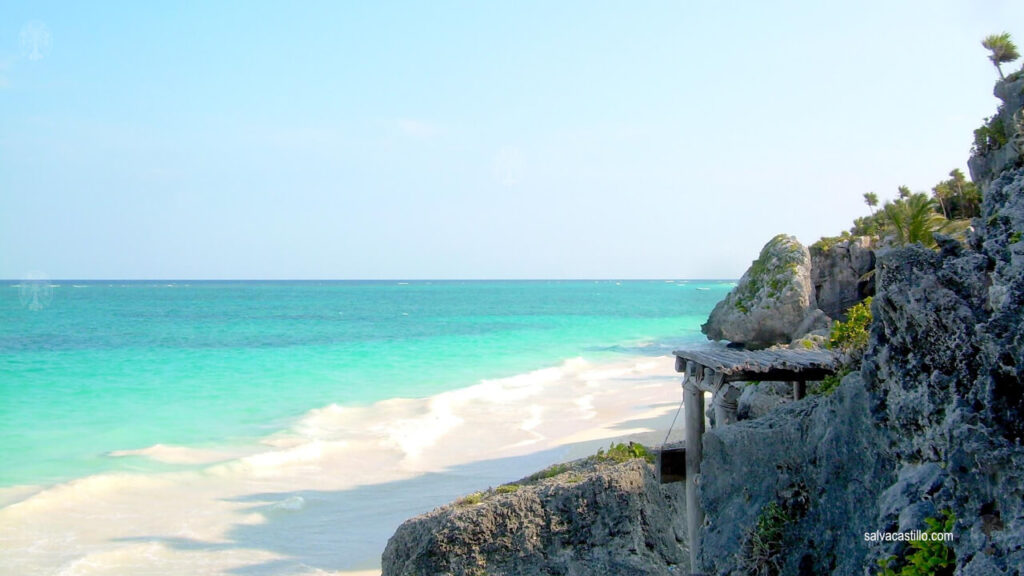
The city was surrounded by a stone wall with a perimeter of approximately 3.5 km that served as a fortification.
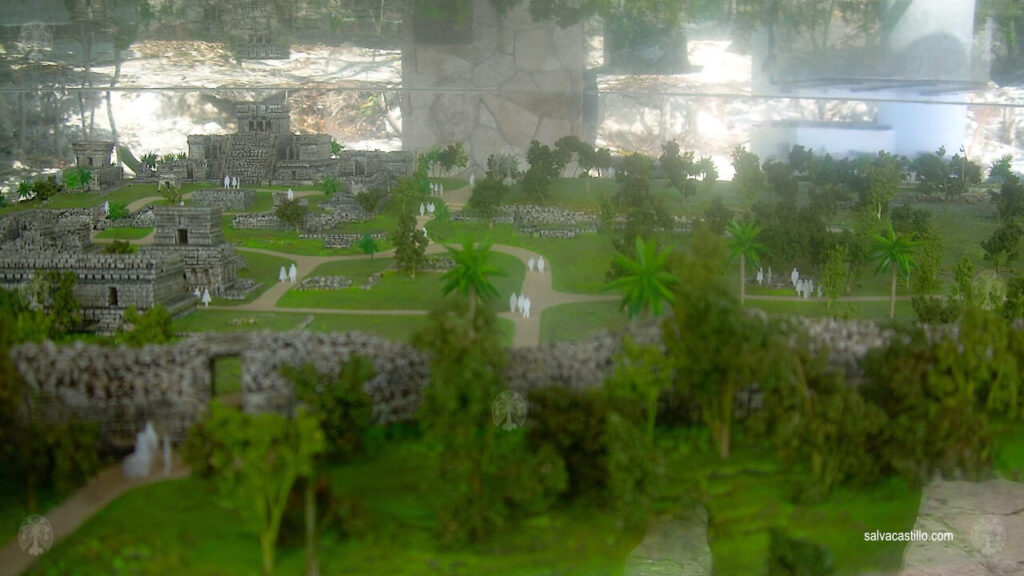
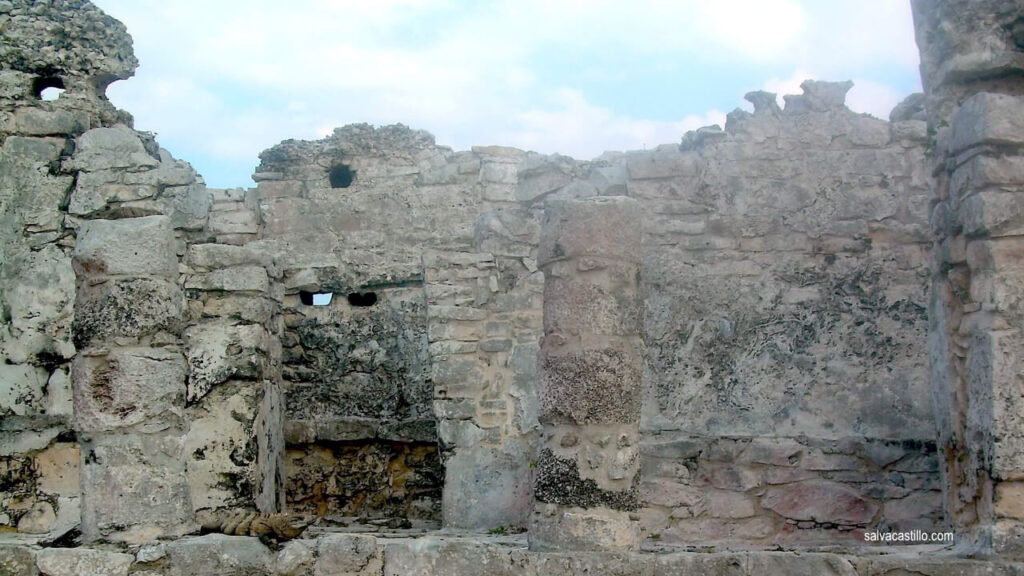
The wall surrounds the city on three sides, while the fourth side, facing the Caribbean Sea, was naturally protected by the cliffs.
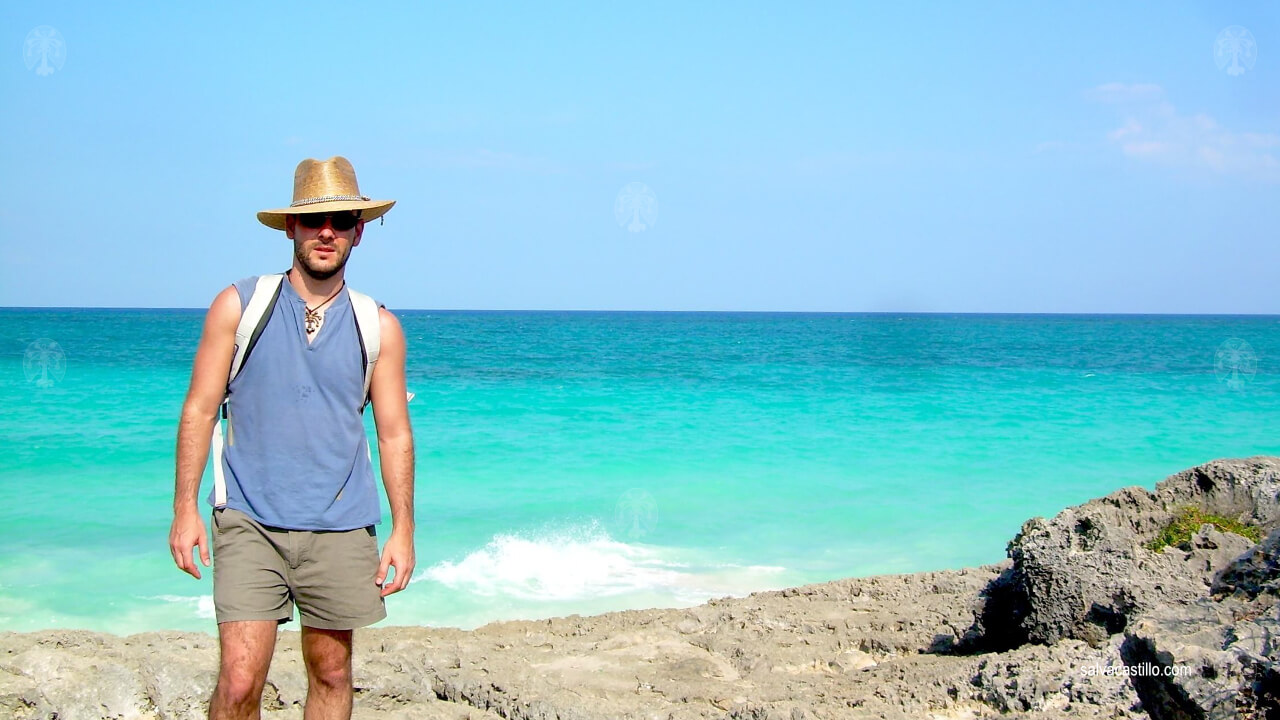
Local fauna includes numerous iguanas that roam free in the ruins.
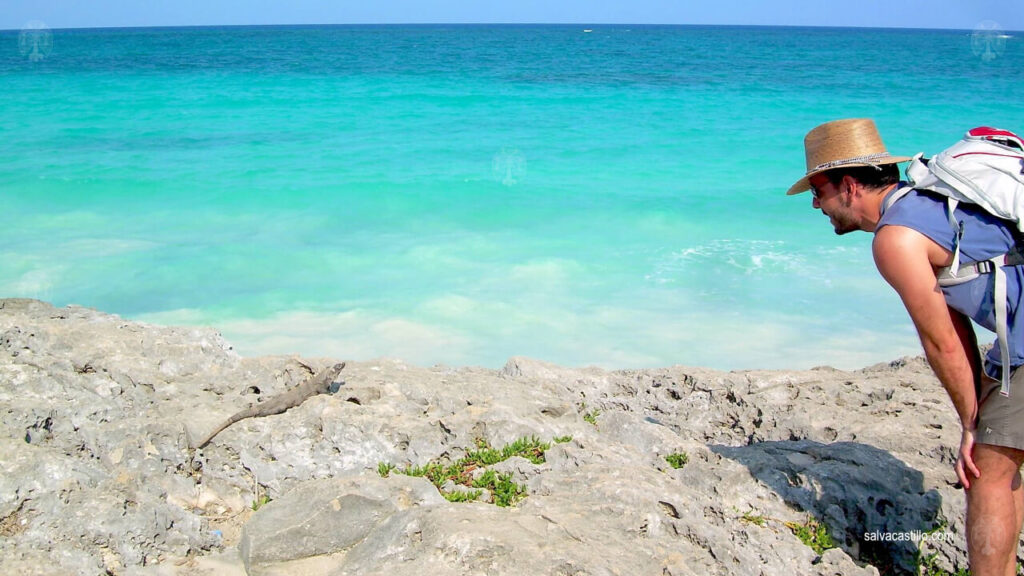
Within the walled enclosure, structures are distributed in a planned manner. The main buildings are aligned along a north-south axis, with spaces intended for both ceremonial and residential purposes.
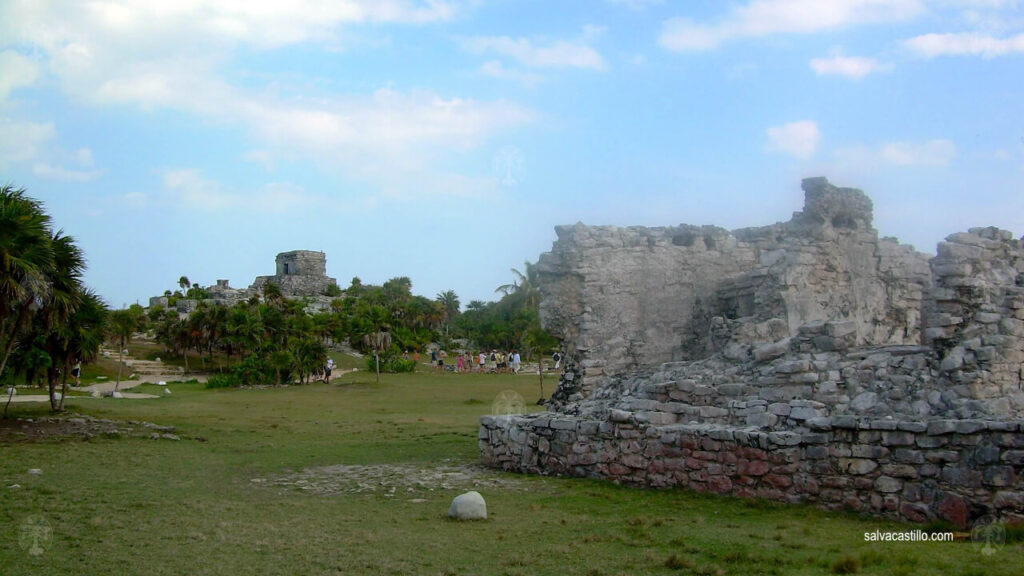
The platforms and temples are mainly made of local limestone, and many of the structures feature architectural details characteristic of the Postclassic Maya style, such as round columns and semicircular arches.
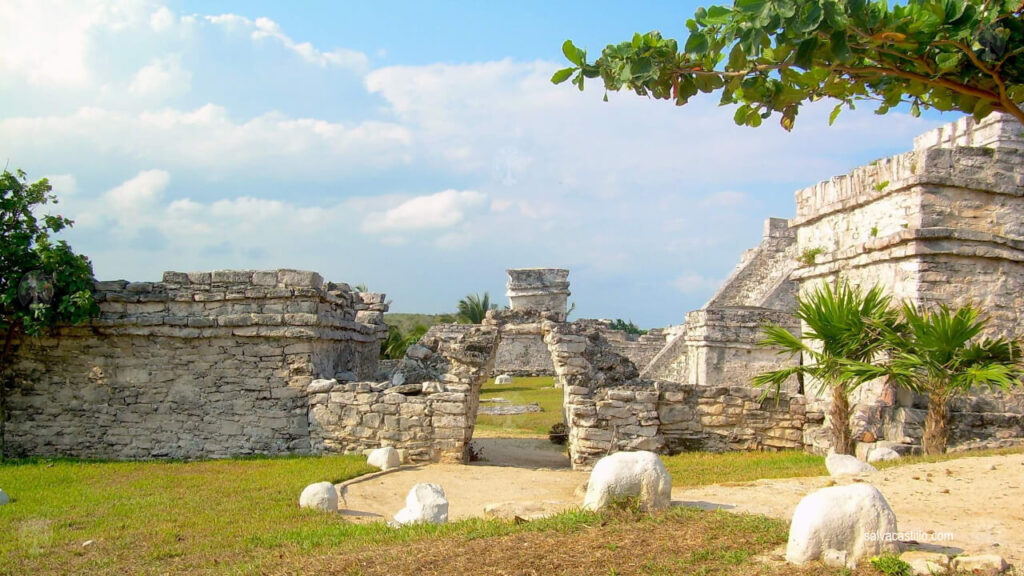
El Castillo is the most emblematic building in Tulum. This rectangular-shaped temple is located on the edge of the cliff and has a dual function as an astronomical observatory and as a lighthouse for Mayan navigators.
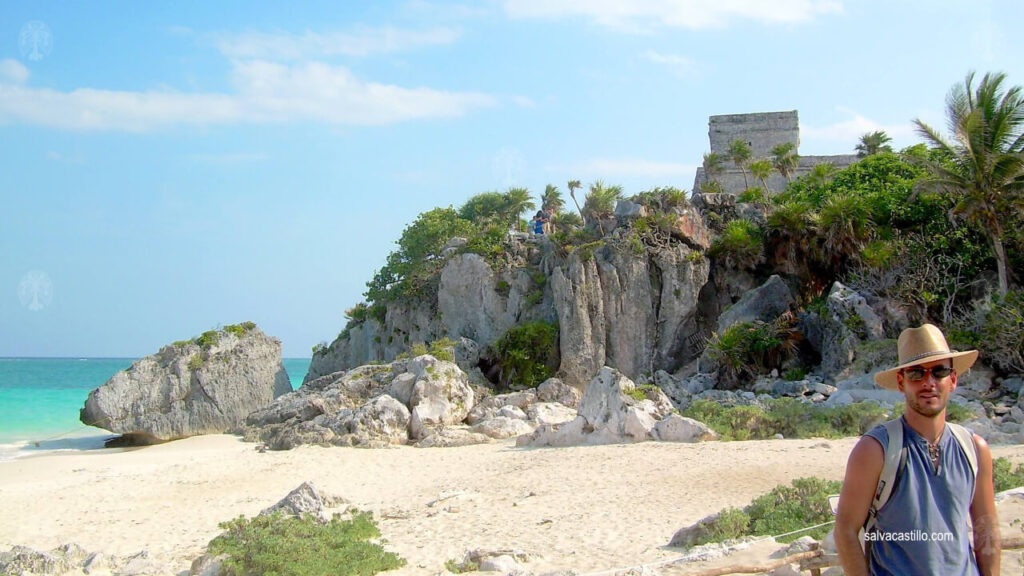

The Temple of the Frescoes is famous for the murals that decorate its interior walls. These frescoes represent mythological figures, deities such as the descending god and geometric elements that were part of the Mayan cosmovision. It also has a gabled roof, which was common in Mayan architecture of the time.
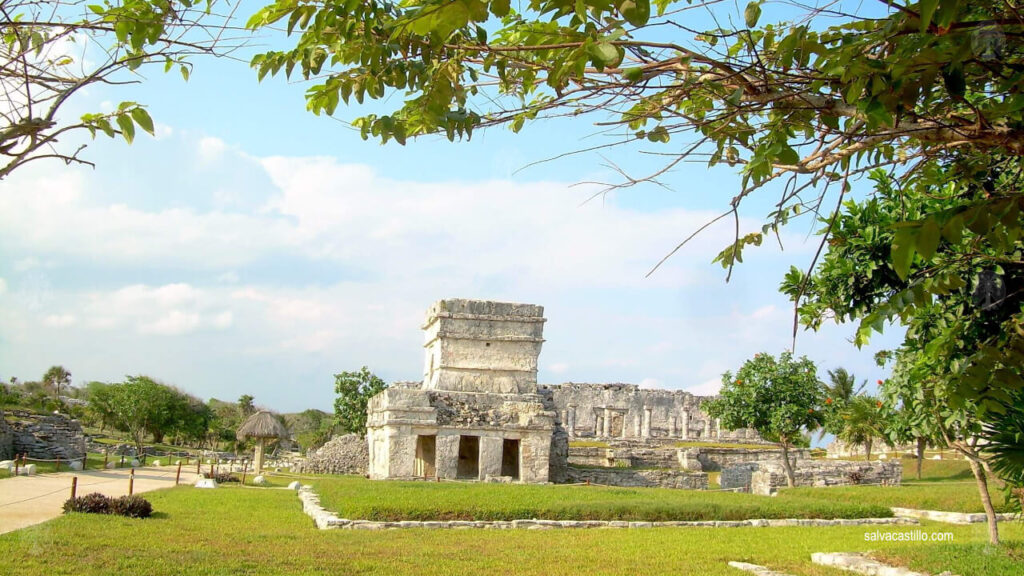
While here, one of those serendipitous events that have ever happened to me in my life occurred. Needing someone to take a picture of us, without looking too closely I gave my reflex camera to a couple that was right next to us. As I started to explain to them how to operate the shutter, suddenly the guy tapped me on the shoulder and when I looked up, I was stunned: it was MAR, a Chilean instructor of an IBM Aqualogic software suite, who had given me a course in Paris a couple of months earlier when I was flown in from Santiago de Chile to receive the course. We had already met on the outbound plane without knowing who we were (he worked for another company), but this was the cherry on the top. Really a nice guy.
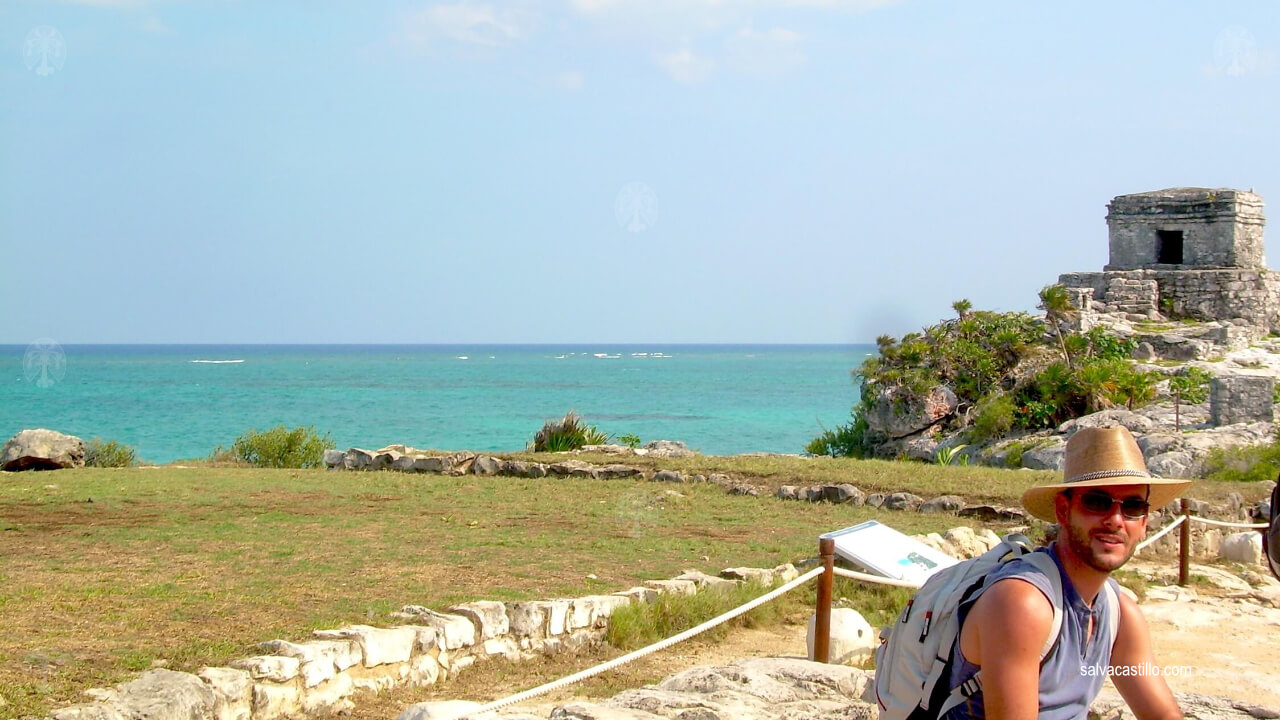
After admiring the turquoise color of the Caribbean water from above, we could not resist swimming. We went down some crooked stairs that descended directly from the ruins and we went into that transparent sea and white sand, warm … outstanding level 10/10.
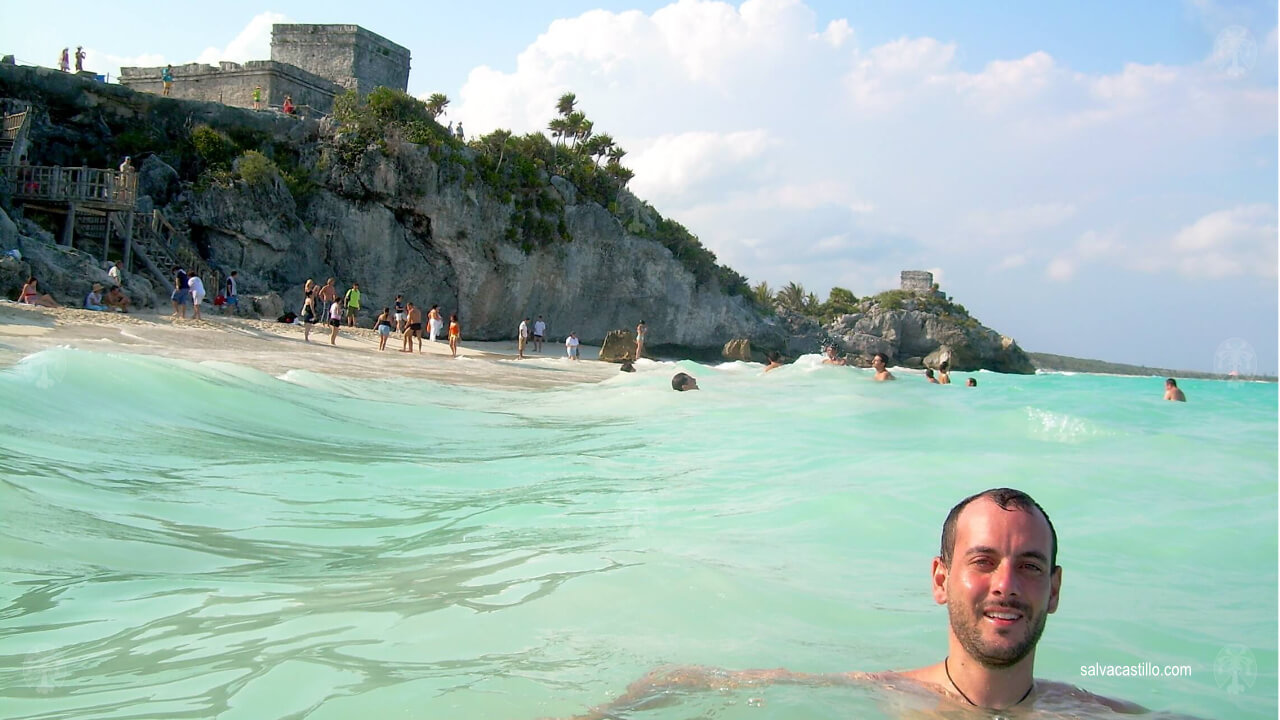
When leaving the ruins I was able to contemplate an unusual spectacle, the Dance of the Flyers, an ancestral tradition of Mesoamerican origin. It takes place around a ceremonial pole, which represents the axis of the world, known as “the tree of life” or “the sacred tree”. In the ceremony, five participants are the protagonists: one of them climbs to the top of the pole, while the other four are placed at the base, tied with long ropes. The flyer at the top begins to spin around the pole as he slowly drops to the ground, with the other flyers hanging from the ropes and spinning with him, in a synchronized motion. This act is repeated several times as the flyers descend until they reach the ground. During the descent, the voladores imitate the flight of birds and, according to the indigenous cosmovision, represent the request for fertility and rain, while honoring the wind gods.
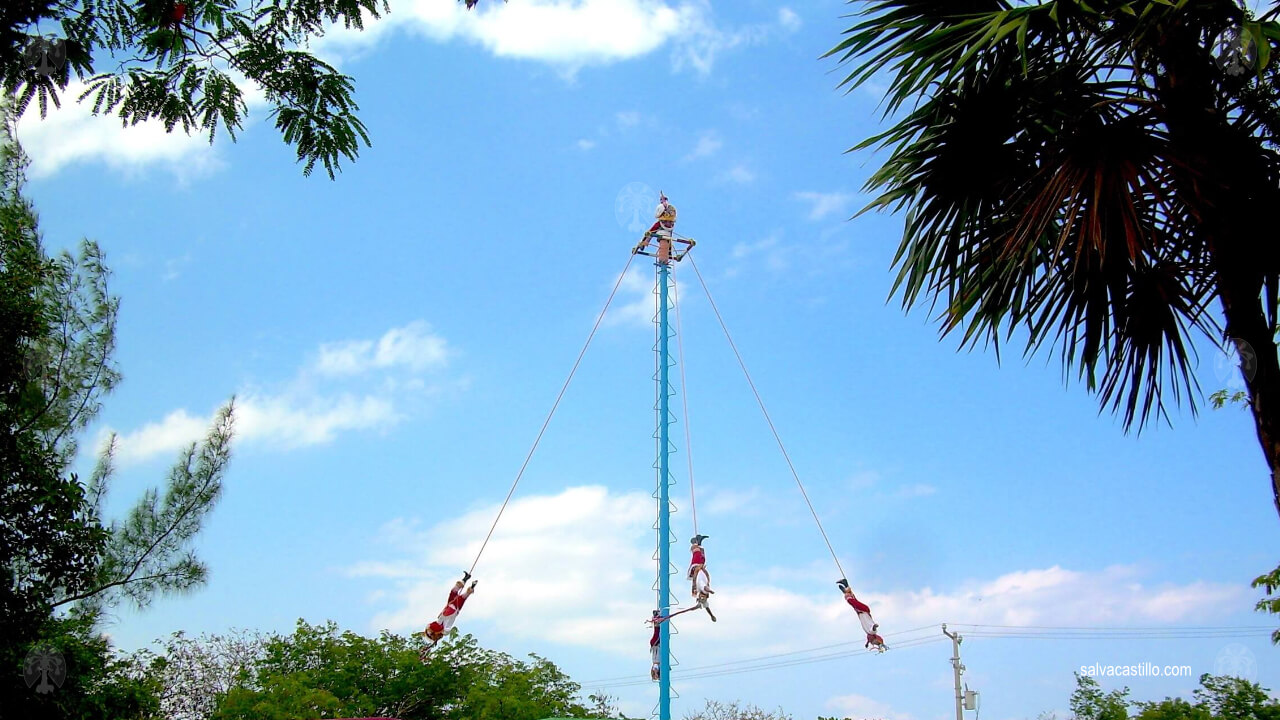
Akumal (II)
After the morning experience, on the way back we wanted to explore the afternoon version of Akumal. The sun had already gone down and the beach was almost deserted.
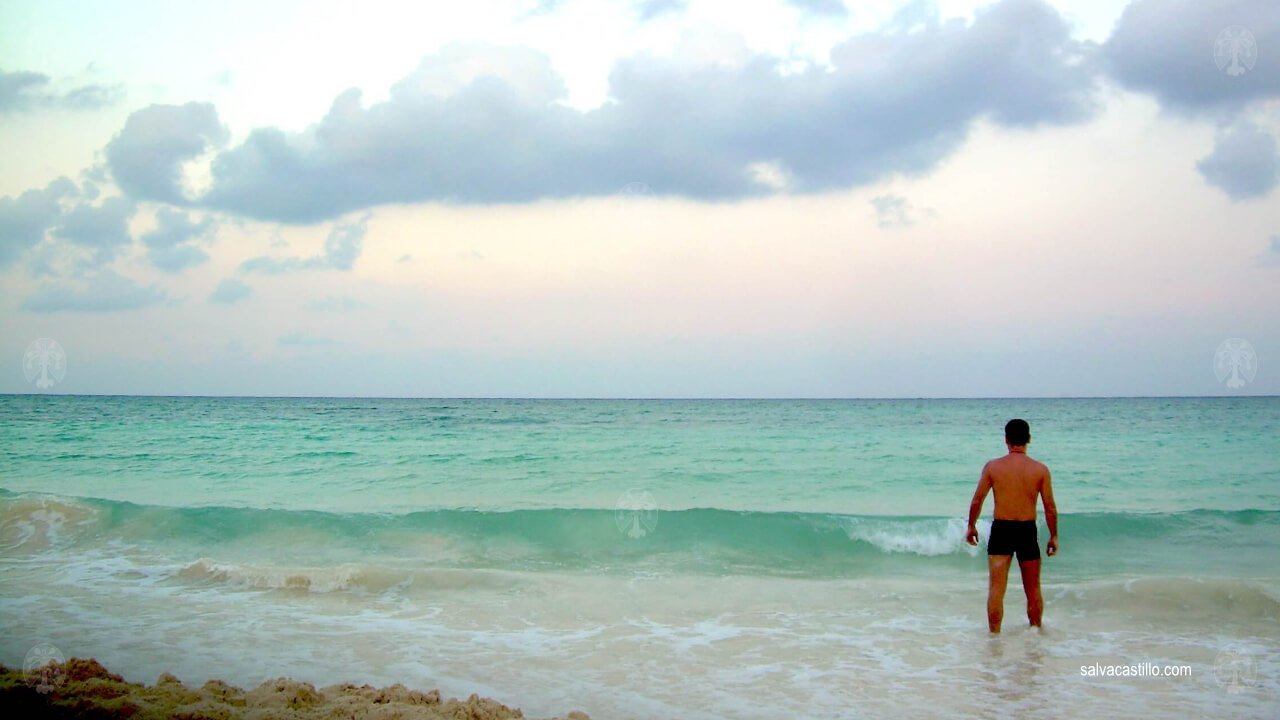
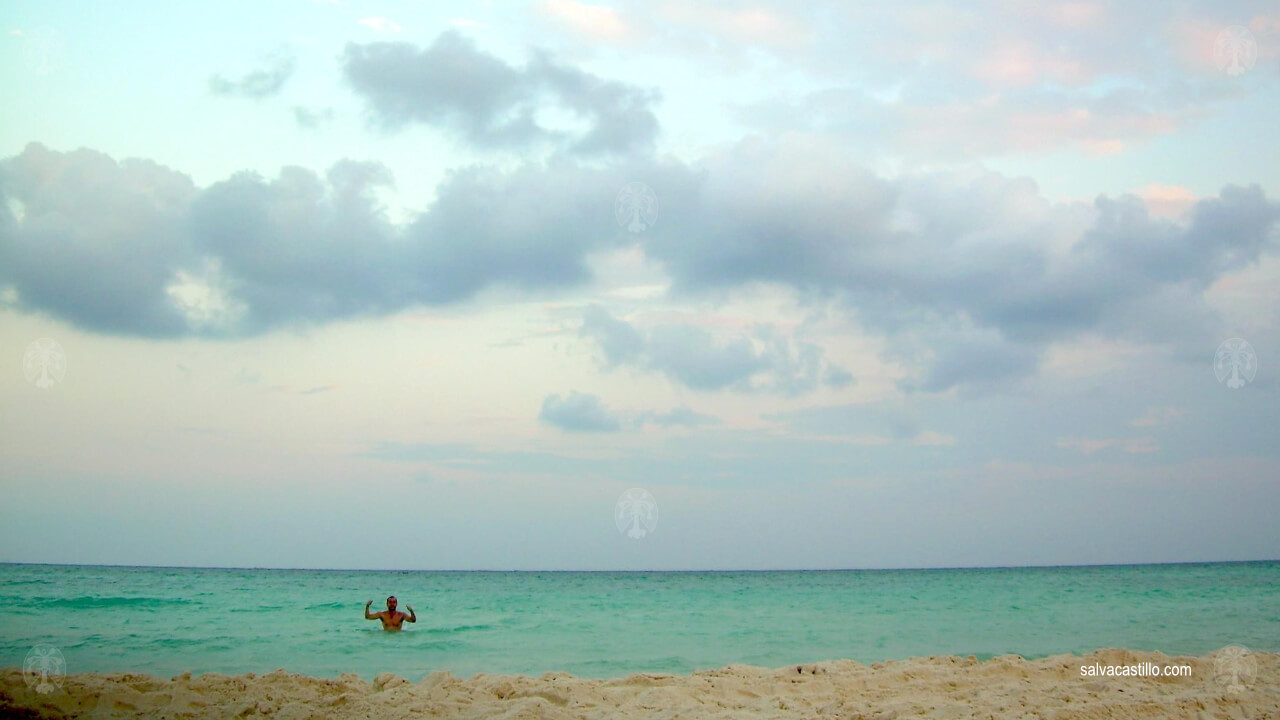
I continue to be totally fascinated by the Mexican Caribbean. The color of the water, the ruins, the food, the white and fine sand.
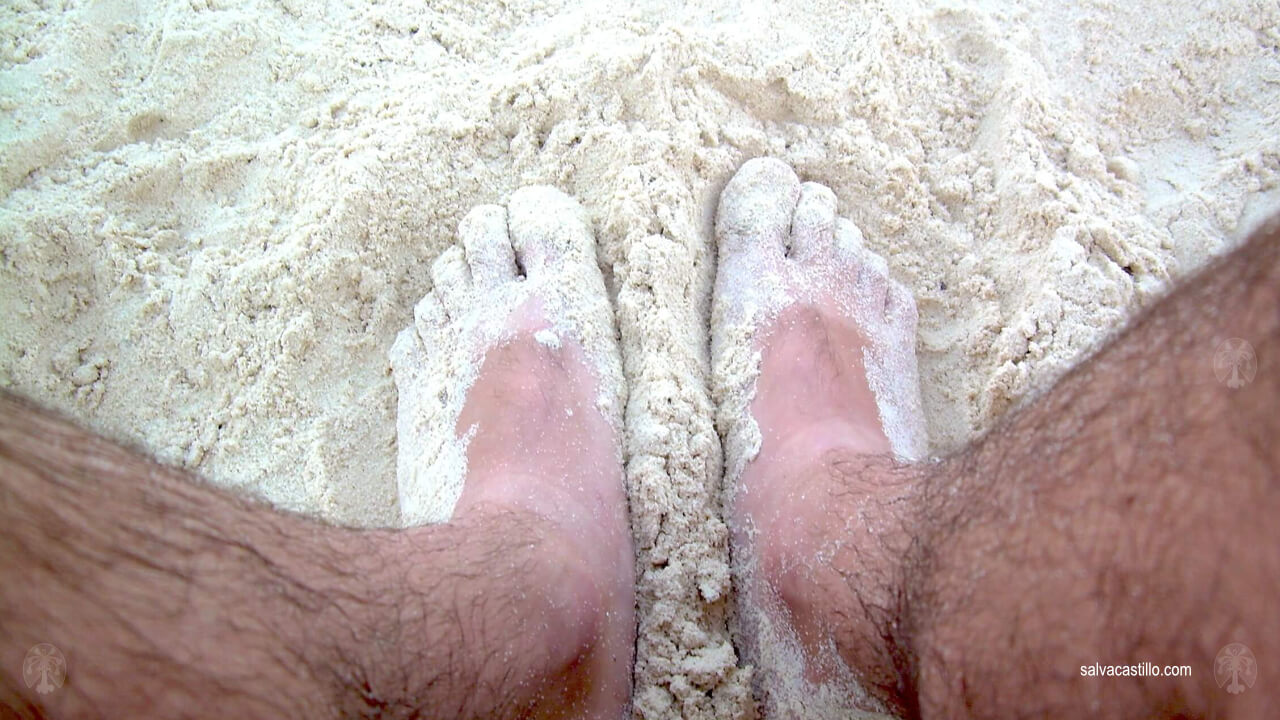
It’s not sand, it’s flour.
Thanks for reading! You may keep exploring using the menu below